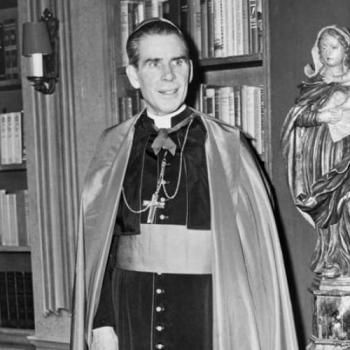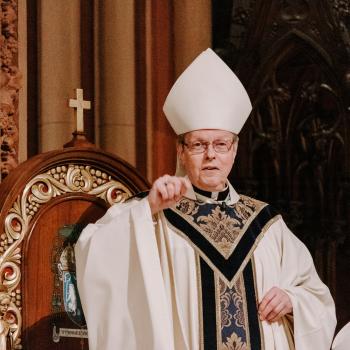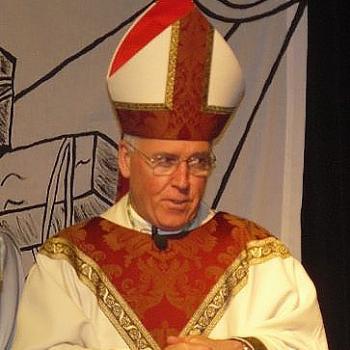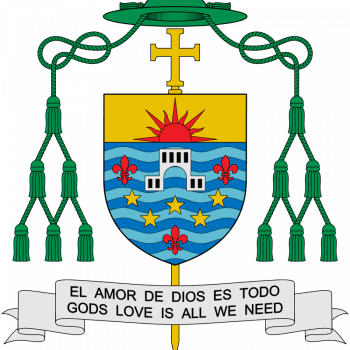Not that long ago, it was unthinkable for a Catholic to be cremated. But no more. And it’s even become an acceptable practice among some high-ranking clergy.
A blogger in London has a rare case in point:
As more details concerning Bishop Michael Evans’ funeral arrangements have come to light over the past week or so, it appears that his body, rather controversially, will be cremated not buried. It might be understandable, therefore, that details concerning the cremation are not widely available, and that none of the official announcements seem to mention it. However, the Catholic Grandparents Association, of which Bishop Evans was Patron until shortly before his death, did mention yesterday that his “committal, prior to cremation, will be at 16.30 [on Wednesday, 20 July] at the City Crematorium, Dereham Road [Norwich]*.”
I definitely do not wish to speak ill of the dead, and believe, however controversial it may be, that each man should choose the way in which his body is to be disposed of after death. In fact, I remember that Bishop Michael Evans had spoken of wanting to be cremated in the past, especially after blessing his Cathedral’s new Columbarium – a resting place for urns especially designed for churches. So it should come as no surprise to those who knew him that he would choose this method of disposition. In that sense, I have wondered whether it is apt to write this post. On the other hand, as so many people will be surprised to know that a Catholic bishop has chosen to be cremated, I think there is some value in discussing now the Church’s view on this sensitive issue in a public forum.
As far as I know, since the publication of a decree in 1963 there is nothing to stop a Catholic from being cremated, even if the Code of Canon Law (1983) “earnestly recommends the pious custom of burial be retained” (n. 1176). The Church also usually requires that the body must be present for the public Requiem Mass – so that the temple which housed the Living God may be properly reverenced. Since 1997, though, the Holy See has allowed some Bishops’ Conferences to permit cremation before the funeral, as long as the urn is placed on a stand next to the paschal candle during the Mass. After cremation, the Church teaches that the ashes must be kept in an urn for burial or deposition in a place such as a Columbarium – as far as I know, the scattering of ashes is still forbidden. Also, of course, the Catholic Church teaches that cremation should not be used to “demonstrate a denial of faith in the resurrection of the body” (CCC n. 2301).










